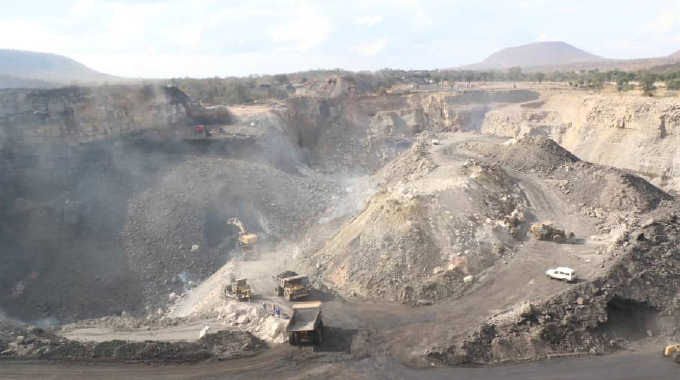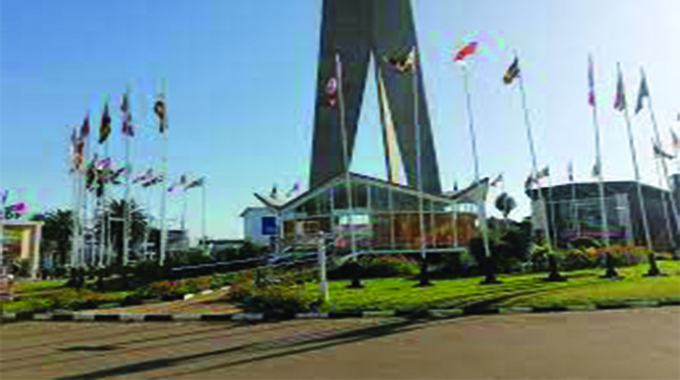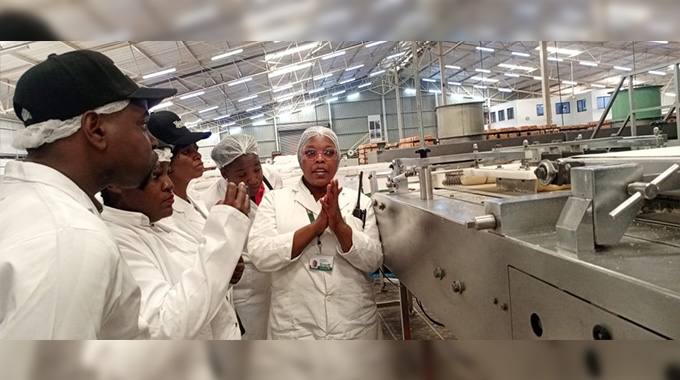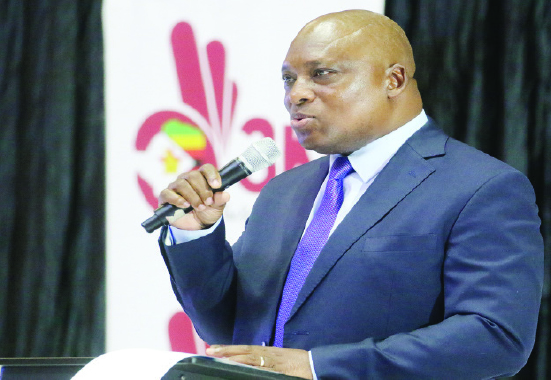Mining industry racks in US$20bn since 2018

Leonard Ncube, [email protected]
ZIMBABWE’S mining industry has generated over US$20 billion in export earnings since 2018 buoyed by the growing investments and increased production under the Second Republic, Mines and Mining Development Minister, Soda Zhemu, has said.
Speaking at the recent commissioning of the Kamativi Mining Company (KMC)’s lithium Processing Plant by President Mnangagwa, Minister Zhemu credited the mining of gold, lithium and platinum as the main contributors to this growth, with the lithium sector in particular benefiting from Government strategies.
The Kamativi Mining Company is producing 300 000 tonnes of ore and 50 000 lithium concentrate per annum.
When it completes the Second Phase, its capacity is expected to jump to 2,3 million tonnes of ore producing 300 000 tonnes of lithium concentrate a year.
The mining sector contributes around 13 percent of the country’s GDP.
Government targeted a US$12 billion mining industry by 2023 and that was achieved and is now computing data to show by how much the sector exceeded its target.
Under the US$12 billion mining roadmap, gold was expected to contribute US$4 billion, platinum US$3 billion while chrome, iron, steel diamonds and coal were expected to contribute US$1 billion.

Minister Soda Zhemu
The Government expects that by 2030, the mining industry will be generating far more than US$20 billion.
KMC started operations in 2019 with the construction of Phase 1 of the project commencing in March last year focusing on lithium exploration, mining and processing.
Kamativi, a former tin mine, closed in 1994 when international prices of tin plummeted to unsustainable levels.
The new investor intends to invest US$249 million into the project and has already spent US$100 million on Phase One.
Minister Soda said the Kamativi Mine re-opening is a key milestone in the country’s mining history and demonstrates the hard work and dedication of the new investors.
“Government, through the Ministry of Mines, has come up with several strategies to help grow and regulate the nation’s lithium sub-sector. These strategies include the reopening of closed mines and introduction of regulatory frameworks.
“This is indeed commendable and is a testament to our efforts of moving step by step towards achieving full value addition and beneficiation of Zimbabwe’s vast mineral resources.
“Zimbabwe’s mining industry is without doubt a key industry that contributes significantly to the country’s Gross Domestic Product,” said Minister Zhemu.
He said more than US$20 billion has been realised from the export of various minerals that include gold, platinum and lithium since 2018.
“It is pleasing to announce that despite the regulations that were instituted to control the export of lithium minerals in Zimbabwe, the stakeholders in the sub-sector were able to surpass their set target for exports,” said Minister Zhemu.

USD: Image taken from Shutterstock
He said his ministry will continue to work on strategies to help the country realise more from its vast mineral resources.
“These strategies include coming up with special purpose vehicles for mineral exploration, new mines opening, re-capacitation of dormant mines, expansion of mining projects, curbing mineral leakages, increased capacity utilisation and ultimately value addition and beneficiation across the whole sector,” he said.
Minister Zhemu said through the Government’s efforts to partner with private players, Kamativi Mine is back to production.
President Mnangagwa has commissioned several mining projects in the province, including coal and coking plants at Dinson Colliery in Hwange District and Muchesu Coking Coal Project in Binga District.











Comments